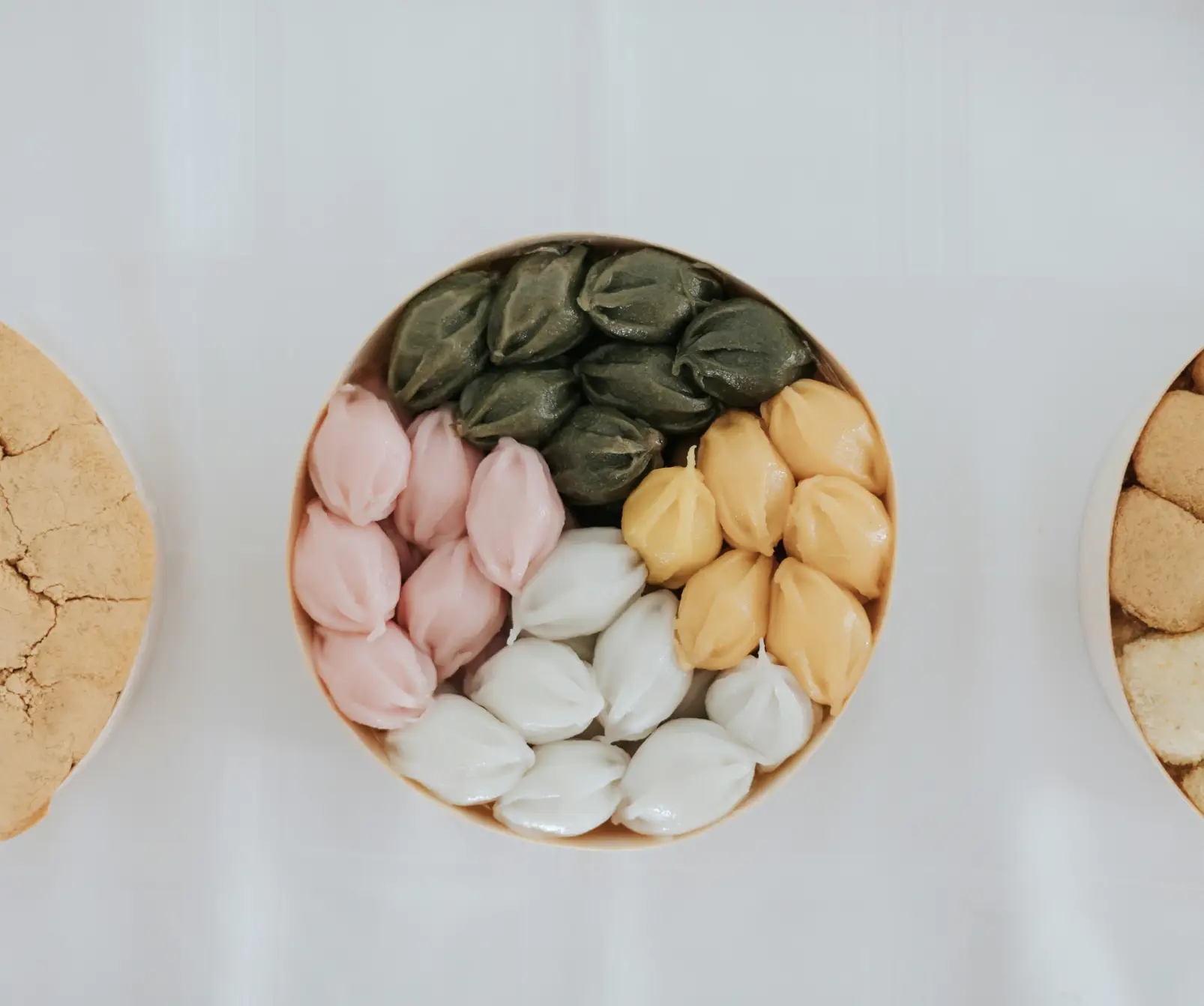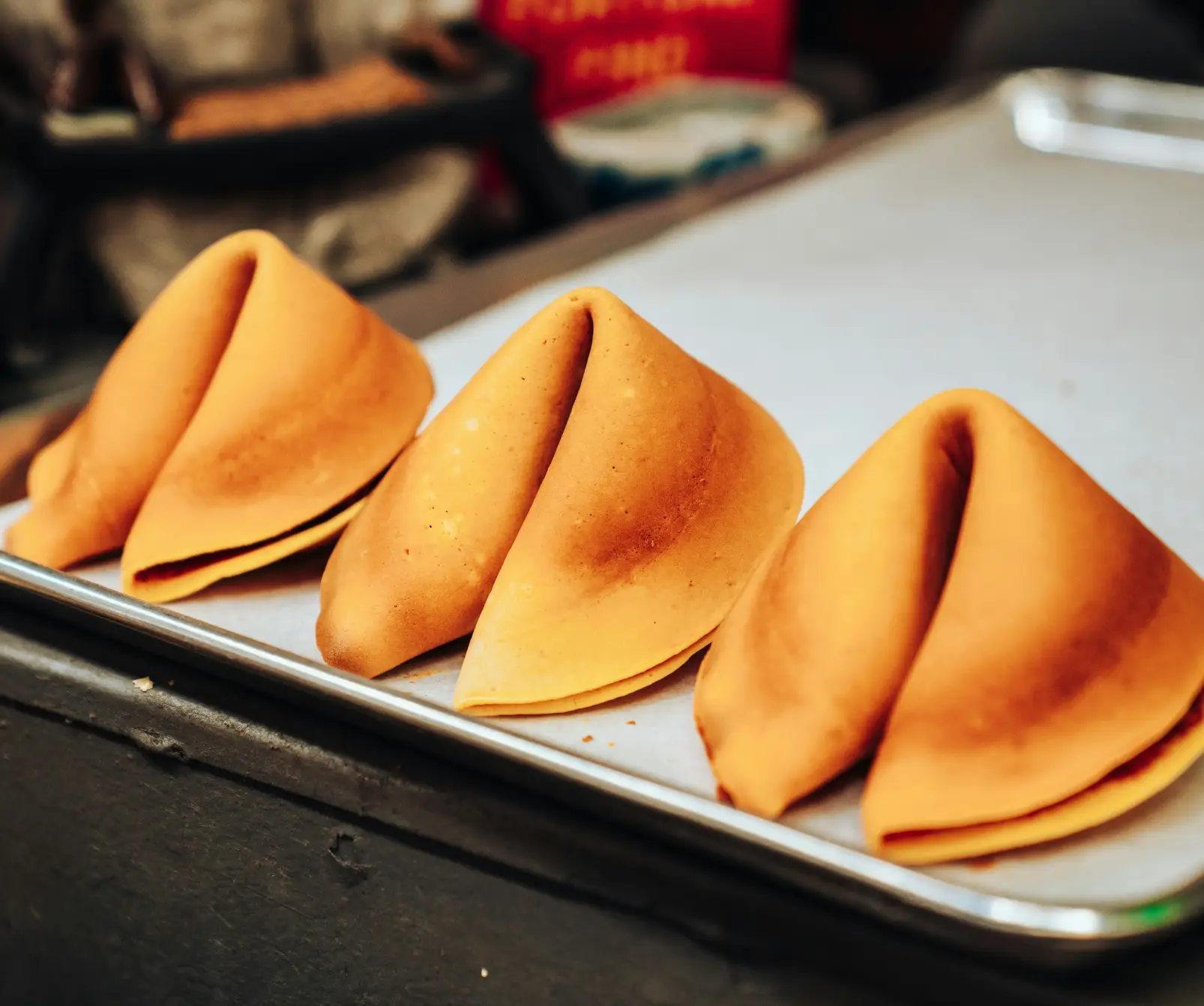Want something fun to do this month in Massachusetts? Visit the Lowell Southeast Asian Water Festival on Saturday the 17th at the Lowell Heritage State Park from 9 a.m.- 6 p.m. (via Facebook)! The Lowell Southeast Asian Water Festival official site says that this annual event is dedicated to celebrating the cultures of Southeast Asian Americans in the Greater Lowell area of Massachusetts. Along Pawtucket Blvd., there will be food stands, boat races and fun performances among other festivities.
To get a better sense of what the festival is like, there are plenty of YouTube videos showcasing how the festival is set up and what Lowell is like. The Lowell TeleMedia Center has covered the Lowell’s water festival in 2022 and 2023 (also with a Khmer version for 2023), interviewing booth-runners, boat racers, and attendees. The Thun Thun Channel also shows off the festival experience as an attendee, with clips showcasing some of the performances put on throughout the day.
What are Water Festivals?
Water festivals are celebrated by some Southeast Asian countries and some states in Northeast India to celebrate the Buddhist New Year, according to The Asean and Exotic Voyages. The Asean says that in these regions’ cultures, water is regarded as a “sacred element that washes away impurities and brings renewal.” Water is also essential for food production, strengthening communities’ livelihood, and serving as an economic resource. Because these regions share similar lunisolar calendars and Buddhist beliefs, there are only a few differences in how the countries or states celebrate their Buddhist New Year (via The Asean and Exotic Voyages).
South Asian Water Festivals
Many communities in Northeast India, including some communities in the states of Arunachal Pradesh and Assam, observe Sangken as their Buddhist New Year. According to The Asean, these communities “hold a procession of Buddha statues to temporary shrines where they are washed with fragrant water.” For two to three days—generally from April 13-15— the communities would organize feasts and performances with people usually dressed in traditional costumes, all while soaking each other with water to cleanse each other and bring good blessings for the new year (via Amazing Arunachal; India Water Portal; and The Asean).
According to The Asean, communities in Manipur refer to their water festival as the Holi of Manipur, or Yaoshang, which lasts five days starting on the full moon day in Lamta, a lunar month equivalent to the end of February to the beginning of March. Similarly to how Sangken is celebrated, people in Manipur also throw water at each other and hold cultural performances. The Holi of Manipur also holds sports competitions and the thabal chongba, or “moonlight dance.” Thabal chongba is a festival-staple traditional folk dance wherein young men and women gather in a circle, holding hands, singing and dancing under the light of torches.
Southeast Asian Water Festivals
As for the Southeast Asian region, four Buddhist-majority countries are well-known to have water festivals: Myanmar, Cambodia, Laos, and Thailand (via The Asean and Exotic Voyages). Like Sangken, these four countries share similar dates of celebration in April around the 13th to the 15th, give or take a couple of days depending on the country (via UMass President’s Office). These countries all have similar water-throwing traditions as well, including cleansing Buddha statues, elders, and monks with fragranced water, representing the asking for forgiveness for mistakes made in the past year and for blessings of longevity, happiness, and prosperity in the new year (via Exotic Voyages; The Asean; and UMass President’s Office). Sand stupas, or pagodas, are also built during these water festivals (via Exotic Voyages and TripSavvy).
In Myanmar, their water festival, Thingyan, lasts five days, according to the Australian National University. The holiday was originally rooted in old Hindu beliefs, but was later developed under Buddhist kingship for almost 1,000 years; in this context, Thingyan celebrates the arrival of Indra, the guardian of Buddhism, on Earth (via Australian National University and Exotic Voyages).
According to the Australian National University, the first day, the Advent of Thingyan, or a-kyo-nei in Burmese, marks the start of religious rituals; the second day, Indra Descends, or a-kya nei, is the day that Lord Indra makes his journey to Earth, commemorated by throwing water at each other and Buddhist statues; a-kyat nei (Indra’s stay on Earth) is the day of Indra’s visit; a-tet nei (Indra Ascends) is when water-throwing is stopped as Indra returns to his celestial world; and hnit hsan ta yet nei (New Year’s Day) is when people make resolutions, often inviting monks to their homes to read sutras to expel evil spirits.
As for Cambodia’s water festival, the Lowell Southeast Asian Water Festival official site says that its history dates back to Angkorean times in the 12th century when the Khmer Empire occupied most of the Indochinese peninsula. After their naval victories over the Chams (originally, they were the inhabitants of the medieval Hindu kingdom of Champa, located on the coast of what is now central Vietnam, according to Minority Rights Group) from 1177 to 1181, King Preah Bat Jayavarman VII “decided to organize the Water Festival at the Bayon Temple and in Banteay Chhmar in Siem Riep with two purposes: to select a champion of the naval battles, and to train his army to prepare for battle” (via Lowell Southeast Asian Water Festival).
Around 1528 in the Longvek period, when the Khmer Empire’s capital was moved from Angkor to Phnom Penh, King Preah Bath Ang Chann I relocated the boat races to the junction between the Mekong River and Tonle Sap for easier access to the other provinces. Over time, Chol Chnam Thmey, Khmer New Year, became a celebration marking the end of the harvest season and the beginning of the monsoon season, according to The Asean. The festival, referred to as Angkor Sangkran or Angkor Sangkranta, is organized by the Union of Youth Federations of Cambodia in Siem Riep, a city in Cambodia (via The Asean; EAC News; and Siemriep.net). According to EAC News and Siemriep.net, festivities like traditional games—often played in open fields—and performances of traditional dances are staples of Angkor Sangkran as well.
Maha Songkran, the first day, is when the people of Cambodia clean and decorate their homes as well as prepare food and everyday-used items as offerings to welcome new gods; the second day, Wanabat, has to do with charity and honoring the elderly, monks, the less fortunate, and family members, both living and dead (via The Asean; Exotic Voyages; and EAC News). The third day, Leung Sakk or Thgnai Loeung Sak, which is also the first day of the new lunar year involves a ceremony called Pithi Srang Preah, where people cleanse Buddha statues with water (via Exotic Voyages and EAC News).
The Lao New Year festival, also known as Pi Mai, lasts three days (via The Asean; Exotic Voyages; and UMass President’s Office). According to TripSavvy and Paradise Travel, the first day is “cleaning day,” or Sangkhan Luang, which is also the last day of the previous lunar year. People clean their houses and villages on this day, preparing fragranced water to cleanse Buddha statues and elders on the third day. The second day, Sangkhan Nao, is a day of rest and fun, which includes visiting family and friends as well as participating in the traditional Lamvong dance. TripSavvy says that Sangkhan Kheun Pi Mai, the last day, also involves locals dressing up and bringing offerings to temples.
The origin of Pi Mai starts with Kabinlaphom, the sky god who is the wisest among all Laotians, challenging Thammabane, a clever farmer who knows the language of birds, according to Paradise Travel. Kabinlaphom wanted to test Thammabane’s intelligence, asking him three questions that Thammabane eventually finds the answer to when he eavesdrops on a conversation between two eagles. Since he was correct, Kabinlaphom beheads himself as promised, but not before asking his seven daughters to keep his head safe from humans. So, every year, during Pi Mai, his seven daughters go to the sanctuary to wash their father’s head and perform bathing rituals to bring happiness and other blessings for the new year (via Paradise Travel and Lowell Southeast Asian Water Festival).
Laos also holds another water festival in October called Boun Awk Phansa, according to the Lowell Southeast Asian Water Festival official website and Sonasia Holiday. The holiday marks the end of Buddhist Lent and the rainy season. There are no water-throwing customs, but water is involved as people celebrate by making banana-leaf boats with candles or flowers and sending them down rivers.
Thailand’s New Year, Songkran, typically lasts three days, but some places celebrate for fewer or more days (via Exotic Voyages; Lowell Southeast Asian Water Festival; and Tourism Authority of Thailand). According to the Tourism Authority of Thailand, “Songkran” derives from ancient Sanskrit and generally means “enter,” which describes the monthly movement from one zodiac sphere to the next; the Grear Songkran or Maha Songkran refers to the time in April when the sun leaves the sphere of Aries and enters Taurus.
The Lowell Southeast Asian Water Festival official site says that central Thailand had adopted the water-sprinkling custom of pouring scented water onto elders’ hands from the northern province of Chiang Mai, which once was under Burmese rule during the Ayutthaya. The Thai legend associated with Songkran is similar to that of other Buddhist-majority regions (via Lowell Southeast Asian Water Festival and Britannica).
Britannica says that Songkran originated from a popular legend similar to that of Laos: the deity Brahma challenged a “precocious youngster” called Dhammapala to answer his three riddles. If Dhammapala failed to answer the questions, Dhammapala would have to cut off his head; if he succeeded—which Dhammapala did thanks to his ability to understand birds—Brahma would cut off his own head.
However, Brahma’s head was too hot that it would burn the earth or dry up the ocean, which was why his head was kept in a celestial cave by his seven daughters. Each year, one of his daughters would wash his head with water and take it to the center of the universe, the celestial Mount Meru, and a similar procession was supposedly celebrated on Earth at the same time.
Songkran Day, the festival’s first day, is when people clean their homes and public places to eliminate last year’s bad luck (via The Asean; Exotic Voyages; and Tourism Authority of Thailand). Song Nam Phra, the ritual of pouring scented water—traditionally with a perfume called Nam Ob—onto Buddha images, is performed on this day as well. The Tourism Authority of Thailand says that the water should be poured onto the torso and body of the image, not the head.
On the second day, Wan Nao, Thai people prepare food and offerings to be given to monks and temples the next day. The ritual of pouring scented water onto elders’ hands occurs as well as Rot Nam Dam Hua, the ritual where children wash their parents’ feet with scented water and parents give their children blessings and a floral garland in return. Jasmine, white champaca and roses are mainly used to make these garlands; elders can also receive Phuang Malai or flower garlands as a gift of love and respect. Wan Payawan, the third festival day, is when people typically start their day by visiting their local temple with food and other offerings to monks, who then pray for them.
Lowell & Immigration
Although the official Lowell Southeast Asian Water Festival website briefly highlights the history of water festivals in Cambodia, Laos, and Thailand, Lowell has a long history with immigration. Named after Francis Cabot Lowell, who is known as a principal founder of the world’s first textile mill, Boston merchants founded the city in 1821 to take advantage of the kinetic energy of the Pawtucket waterfalls along the Merrimack River (via Britannica and the National Park Service).
The textile mills brought in the first huge waves of immigrants into Lowell: Irish Catholics, French-Canadians, Greeks, Poles, Portuguese, Russian Jews, Lithuanians and Armenians (via National Park Service and Ethnicity in Lowell). The mills brought many jobs opportunities for these immigrants.
The next great waves of immigrants came as a result of the Immigration and Nationality Act of 1965, which allowed immigrants from Asia, Latin America, the Middle East and Africa to come to the United States, according to Ethnicity in Lowell. As a result, Lowell grew to become more diverse in population in the late 20th and early 21st centuries. Southeast Asians made a fifth of Lowell’s population (20,000) in the year 2000, with an estimated 90 percent being Cambodians, five percent Vietnamese and another five percent Laotian.
For Cambodians, many immigrated to escape the Khmer Rogue, a period marked by mass genocide of Cambodians starting in the late 1970s, or escape its after-effects. Around the same period, Vietnamese immigrants came to seek refuge after the Vietnam War; these people were referred to as the Vietnamese boat people, who traveled in small, heavily-packed wooden boats to the U.S. As for Laotian refugees, those in the early 1980s had worked with—or had relatives who worked with—the Central Intelligence Agency (CIA) and the U.S. in the “secret war” against communist Pathet Lao.
Keeping Your Heritage
According to the World Population Review, Lowell’s 113,907 consists of 25,913 Asians (22.58%), making Asians the second largest demographic in the city. As someone who has grown up in Lowell, it’s likely that Cambodians still take up most of Lowell’s Asian population.
However, by living in the U.S., keeping up with people’s motherland heritage can be difficult especially in less ethnically diverse cities. More often than not, assimilating into American culture makes it easier, safer for immigrants to survive. Having similar beliefs and mannerisms of the dominant, privileged culture makes it easier for immigrants to blend in with the majority culture.
That’s why events such as the Lowell Southeast Asian Water Festival are important in celebrating people’s heritage. According the University of Massachusetts Lowell, the first Southeast Asian Water Festival in Lowell was celebrated with about 10,000 people on Saturday, August 23, 1997 at the Sampas Pavilion on the banks of the Merrimack River. Planning for the event began late in 1996 with the Cambodian Mutual Assistance Association of Greater Lowell, Inc., the City of Lowell Health Department, the Laotian American Organization and the University of Massachusetts Lowell’s Center for Family, Work and Community as collaborating organizers.
Over the years, the length of the festival varied from being held on just a Saturday or a Friday and Saturday. In 2002, the Khmer, Thai, Vietnamese and Lao communities in Lowell established the Lowell Southeast Asian Water Festival, Inc. to preserve the cultural heritages of Southeast Asian Americans in the Greater Lowell area. Nowadays, the festival still takes place in the same location, with an annual date set on every third Saturday of August.
Based on the organization’s flyer on their Facebook, entry is free, but it wouldn’t hurt to bring some cash when attending the festival to buy all sorts of food, merch and crafts.
Photo: James Higgins







